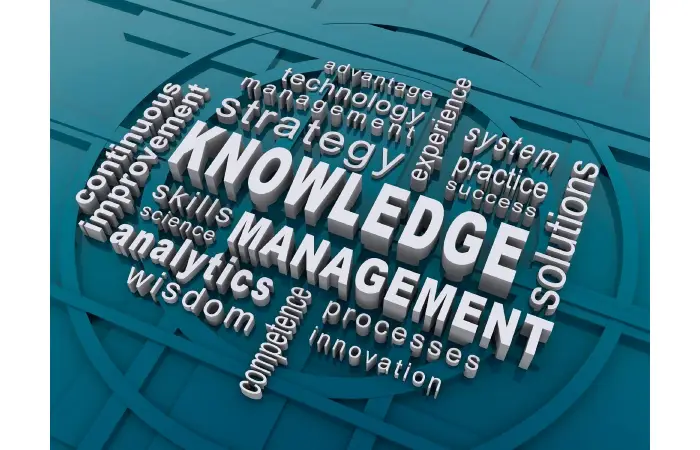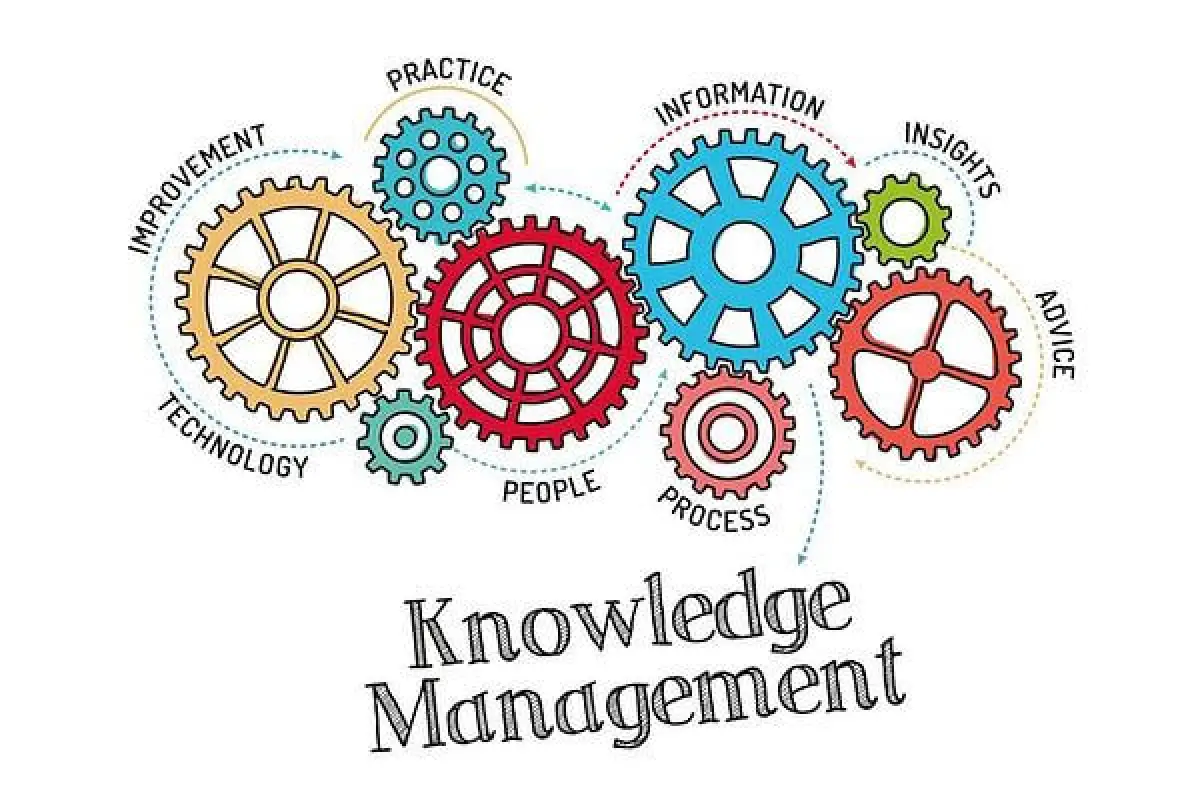In knowledge management, we need you to master another one first intellectual capital. Intellectual capital is an intangible value in a company; it is the knowledge and the ability to analyze and also interpret the environment to respond based on its signals.
Table of Contents
Components of Knowledge Management
You have already realized the breadth of the concept. To facilitate the task, we will separate the different ingredients of organizational knowledge management by their origin.
Inside Knowledge
It is the one that is managed behind closed doors in an organization, and we are going to subdivide it in turn into two very different elements
- Data and internal information: business management systems (ERP, CRM, etc.) accumulate data on everything that happens: sales, suppliers, customers… This data is analyzed to extract the information that transcends.
- Skills: it is more difficult to transmit than information because they are the skills that allow decisions to be made based on data. Usually, it is training and experience that provide that knowledge.
External Knowledge
Analyzing internal data and drawing conclusions that help with the objectives is good, but it is not enough. A company’s business is outside its building; therefore, knowing what is happening in the market is just as important, if not more so.
Information on the competition: imagine that you are considering the pricing strategy; it is impossible to do so without knowing in detail what your direct competition does. Is relationship marketing important in your system? Or how does it retains and treat its customers.
External knowledge management aims to observe and also analyze what happens outside the company to convert it into skills. If you are interested in knowing how to extract this data, look at our Market Research section.
Knowledge Management in Organizations

The ultimate goal of knowledge management is to obtain a perpetual competitive advantage. A constant effort is needed to achieve this since knowledge is alive and can be update now more than ever.
Pyramid of Knowledge
We will use the so-called hierarchy or pyramid of command to understand how knowledge is manage. English is known as the DIKW pyramid (Data, Information, Knowledge, Wisdom) and also defines the path of transformation from pure data to wisdom or tacit knowledge.
- Data: those collected by the company’s information systems: internal and external.
- Information: the insights extracted from that data.
- Knowledge: Experience and training bring the ability to spot signals and also make decisions in response.
- Wisdom: one more step, the maximum competence in operating part or all of the company and its environment.
Knowledge Manager
The knowledge manager or knowledge manager position is becoming more and more popular. Their tasks include maximizing the potential of knowledge by creating the conditions for it to flow from the people who have it to the rest of the company.
Knowledge Management Models
Although each company, colossal company, can handle this issue differently, these are some of the most popular models:
KMART
Acronym for Knowledge Management Assessment Tool, although it can also known as the Andersen method by its creator. Therefore this model is based on evaluating the company’s performance in terms of knowledge dissemination in various areas. It does so through a questionnaire that serves to identify the necessary improvements.
- Leadership: evaluates if the managers favor the dissemination of knowledge. Please take a look at our post on the types of leadership or how to become a great leader.
- Company culture: how important learning and innovation are in the company’s DNA.
- Technology: does the entity have technological equipment? Intranet or other tools like the ones we will see now.
- Measurement: Whether there is a measure of intellectual capital as a value.
SECI Model
Or model of knowledge production cycles, developed by the Japanese Nonaka and Takeuchi in 1995. They consider that tacit knowledge accounts for 75% of the total in a company. He bases his concept on the fact that explicit knowledge is easier to spread, so tacit knowledge must be convert into detail knowledge. This transmission between implicit and explicit happens in four cycles:
- Socialization: tacit to tacit through collective experiences.
- Outsourcing: implicit to explicit, shaping it physically.
- Combination: between detailed data.
- Internalization: integrating knowledge as intellectual capital.
Tools and Software for Knowledge Management
We must distinguish between the tools used in two different phases of the process. The first consists of creating knowledge by capturing and managing relevant information, and the second is the transmission of that knowledge.
Knowledge Creation Tools
Internal data mining
Surely you have heard about Big Data and the vast amounts of data that can be handle if you have not read our article on big data in companies. Data mining is collecting pure data to obtain common structures or patterns. For example, with all the sales data in a chain of stores, designs of peak billing hours will likely repeat themselves. These data are nothing, but optimizing the number of employees according to peak and off-peak hours is essential.
Data Mart
It is a small store of data on a specific theme. It is helpful for specialized departments that handle information that is very different from the rest of the company. Allows restricting access to interested personnel, lightening other data systems accessible to all.
Conclusion
Knowledge management (KM) is the method of organizing, making, using, and also sharing collective knowledge within an organization. Successful knowledge management contains maintaining information where it is easy to access.

